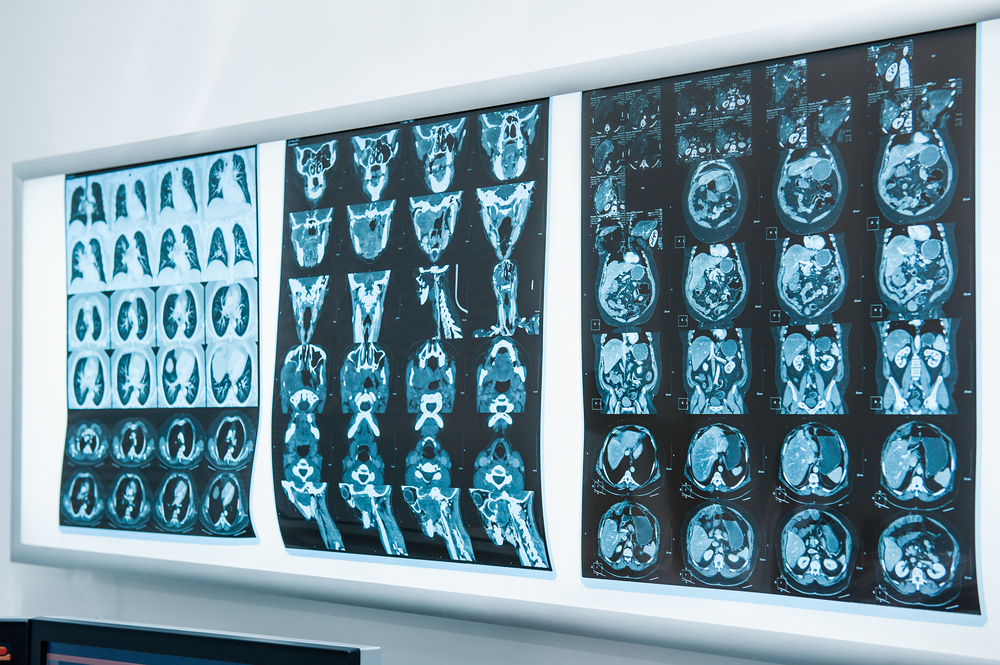
The Department of Neurosurgery at the Mount Sinai Health System is one of the first hospitals in the country to use Modus V™, a hands-free, robotically controlled digital microscope that provides advanced visualization in the operating room. The system features a robotic arm with a high-definition camera that projects digital images of neuroanatomy on larger monitors. The system is an alternative to the traditional operating microscope, a mainstay in modern neurosurgery that features an ocular, or eyepiece, used by the surgeon to see magnified images of the brain.
“This technology sets the stage for the next generation of digital image-based neurosurgery,” said Constantinos Hadjipanayis, MD, PhD, Professor and Site Chair of Neurosurgery at Mount Sinai Union Square and Director of Neurosurgical Oncology for the Mount Sinai Health System. “The device allows us to have an enlarged view of the tissues that we’re operating on and use a robotic arm to adjust the position in a manner that provides better visualization.”
Modus V™ is developed by Synaptive Medical Inc., a medical device and technology company. The system is the cornerstone of Synaptive’s BrightMatter™ platform, which integrates navigation, robotic automation, a digital microscope, and data analytics.
“High-definition images of brain tractography, fibers inside the central nervous system that control movement and function, improve our ability to navigate in the brain with our surgical instruments,” says Dr. Hadjipanayis.
During a recent case of a 46-year-old patient with a glioma near the language portion of his brain, Dr. Hadjipanayis monitored and stimulated the patient’s language tracks during surgery, which allowed him to preserve speech as he removed the tumor.
“As critical information streams into multiple viewpoints in the operating room, much like in the cockpit of an aircraft, the surgeon’s goal is to utilize that information and move beyond critical structures, preserve neurologic function, and safely perform the procedure,” says Joshua Bederson, MD, Professor and System Chair for the Department of Neurosurgery at Mount Sinai Health System and Clinical Director of the Neurosurgery Simulation Core.
Dr. Bederson is a leader in the use of augmented reality and navigation technology in the operating room. He says one advantage to projecting real-time images of the brain onto a video screen is that information sources from outside the microscope can be overlaid on the monitor.
“This technology takes us one step closer to our ultimate goal of improving patient outcomes,” says Dr. Bederson.




